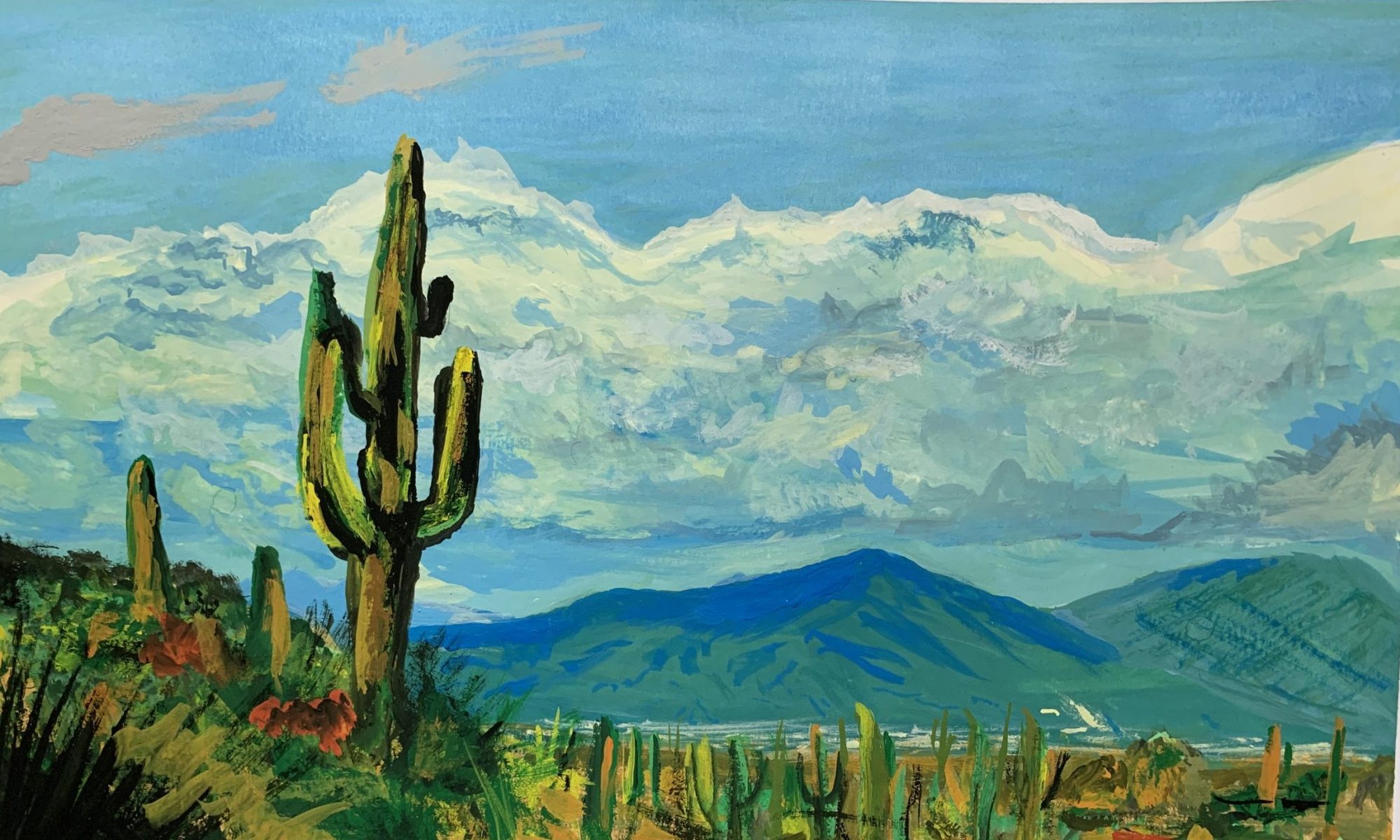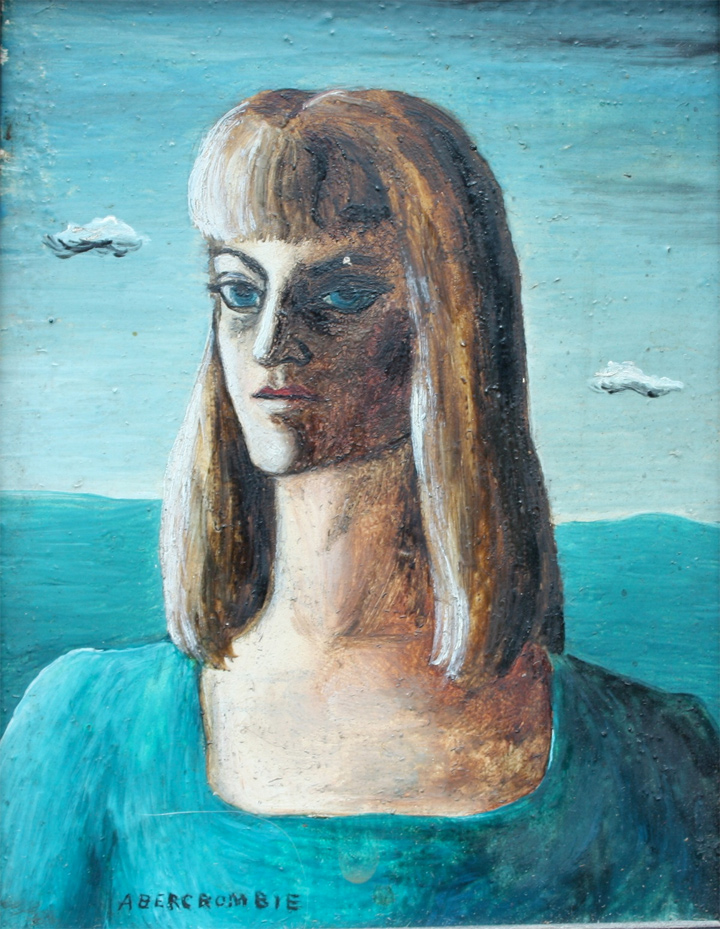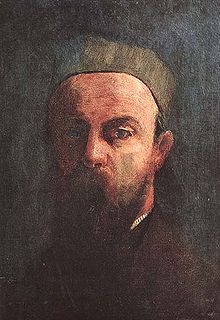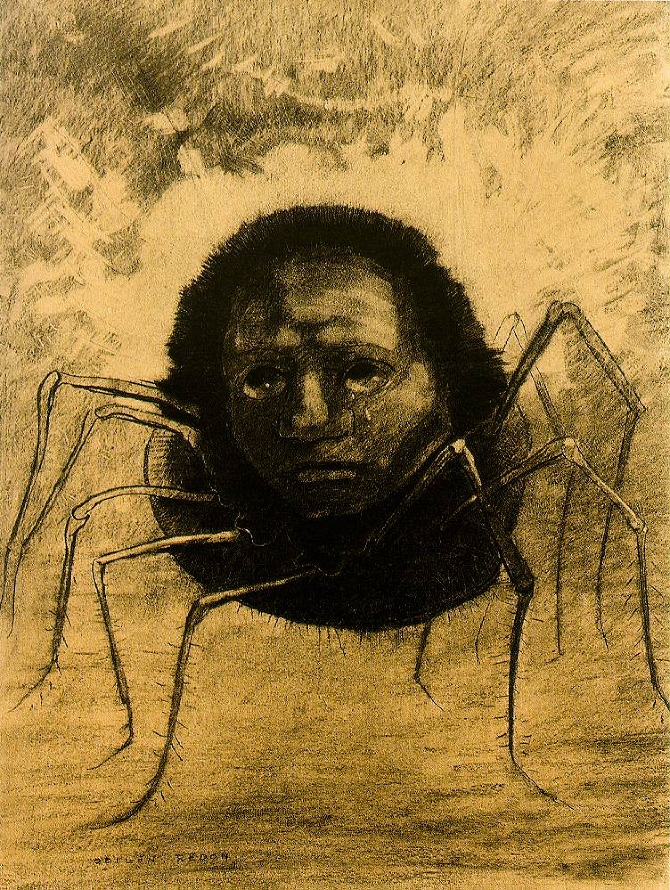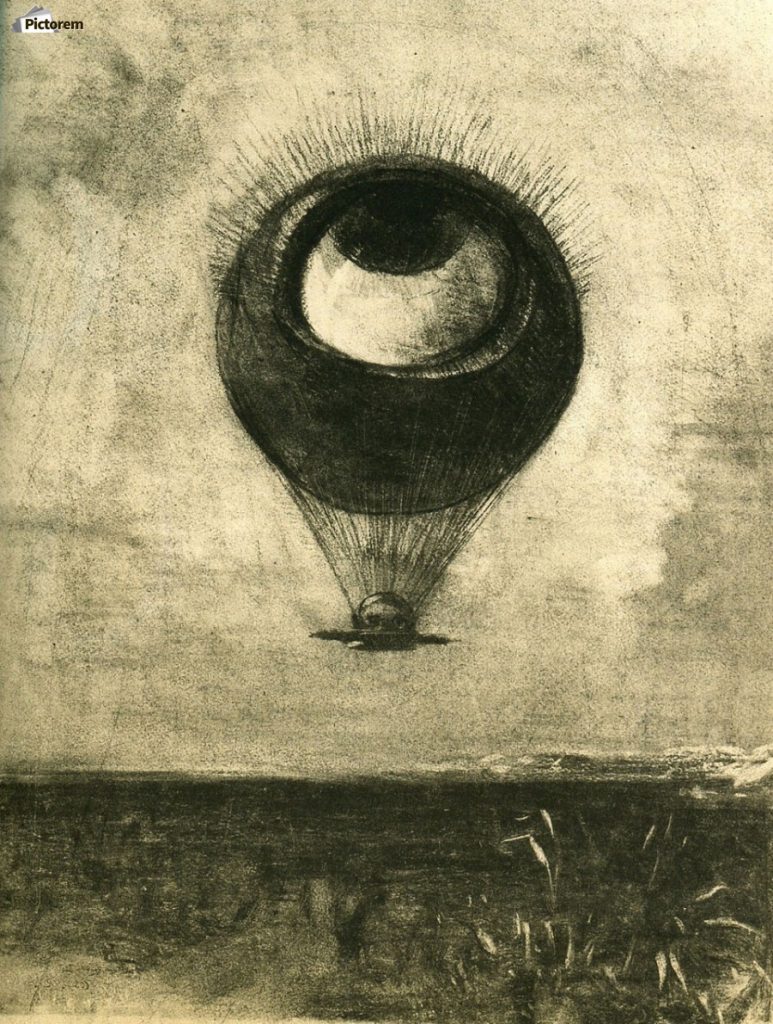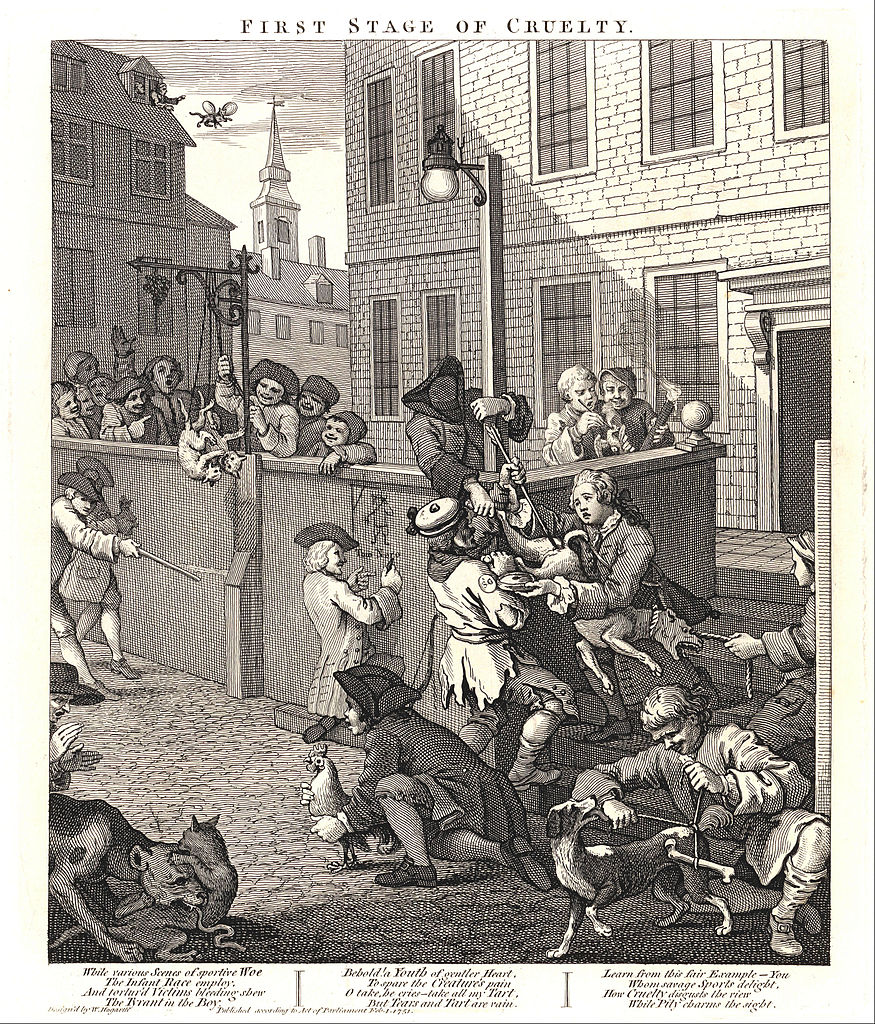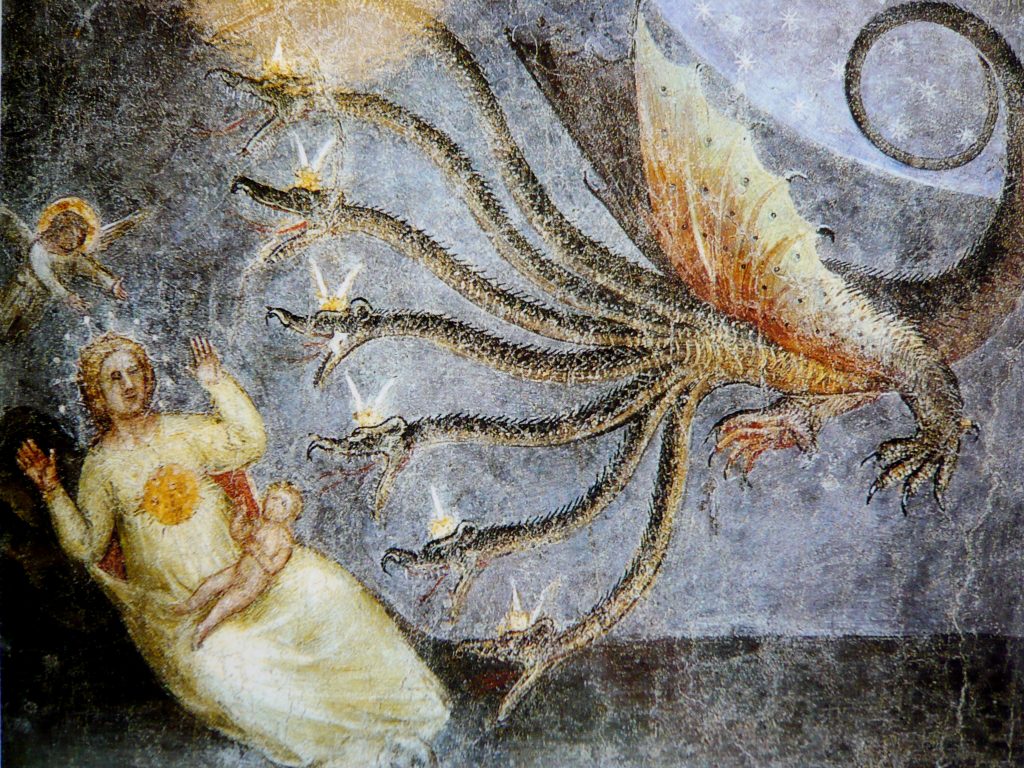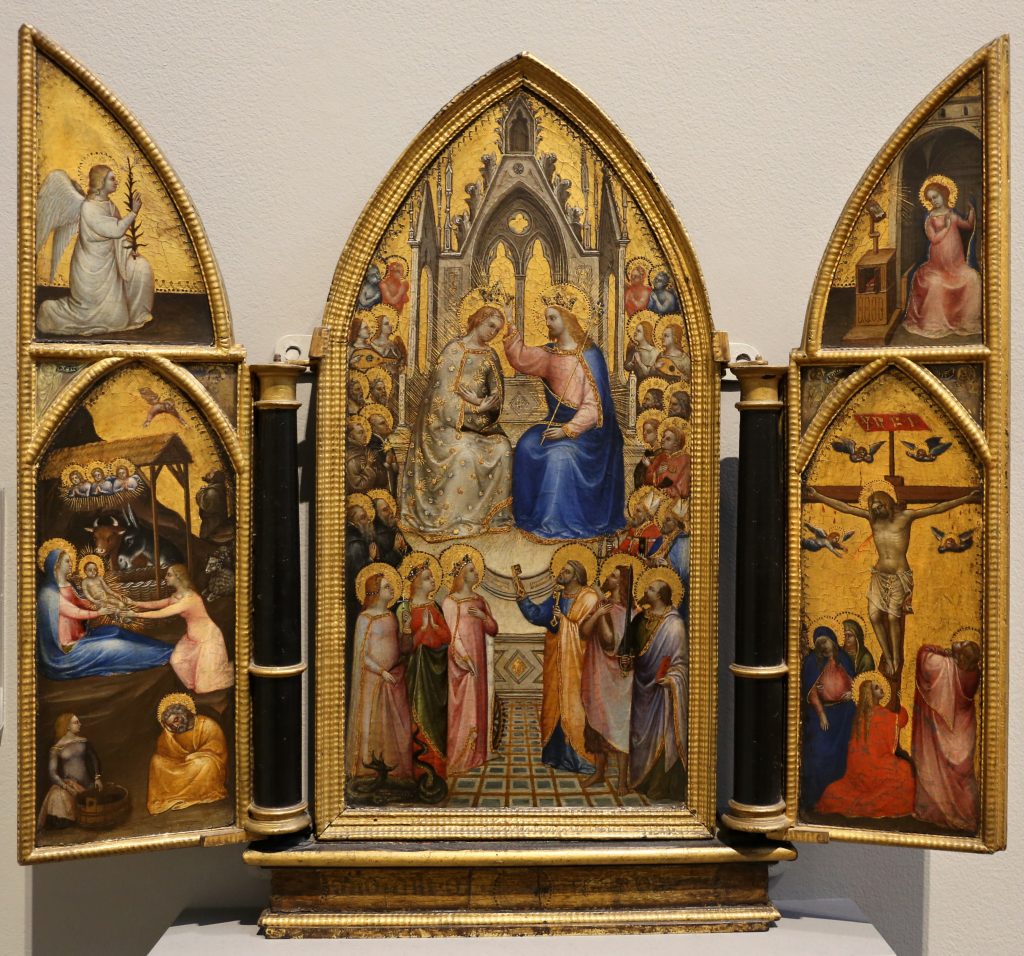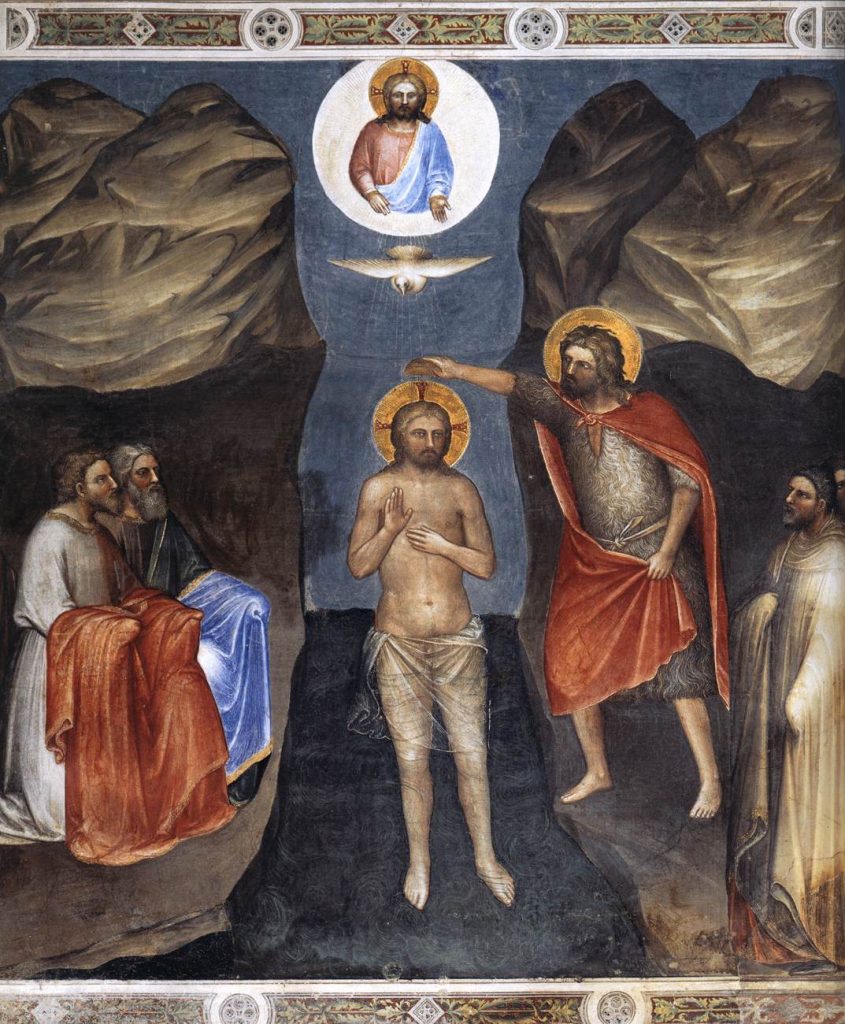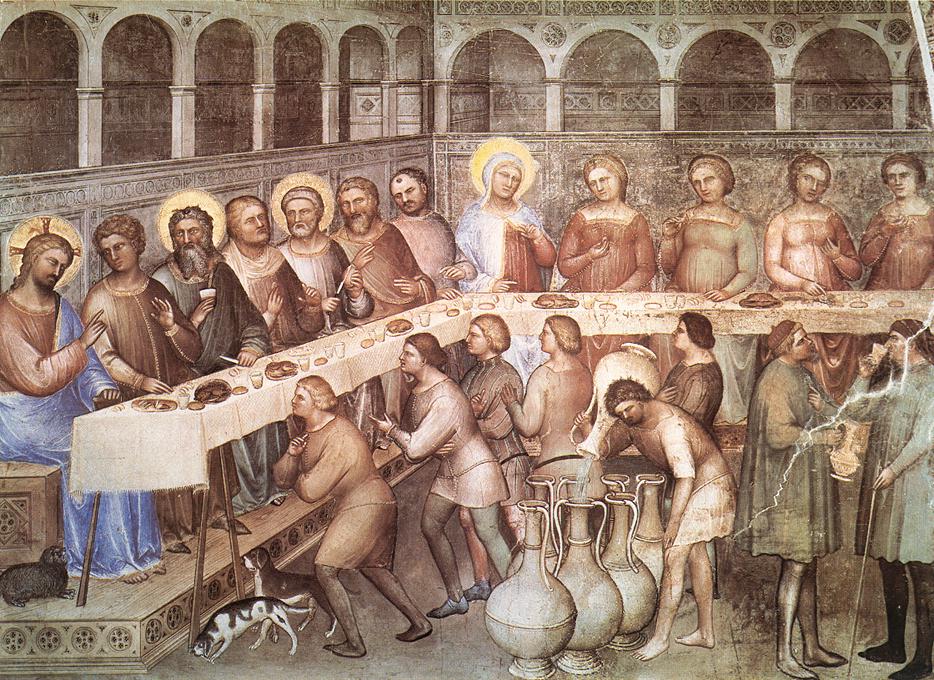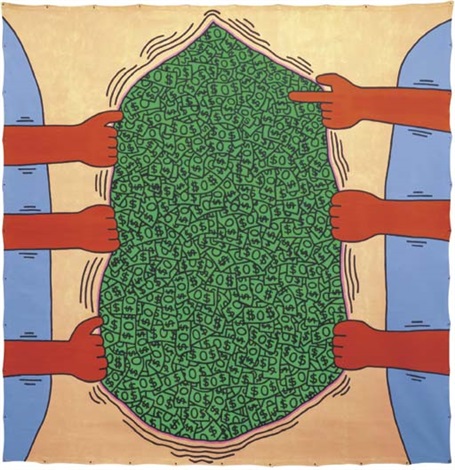

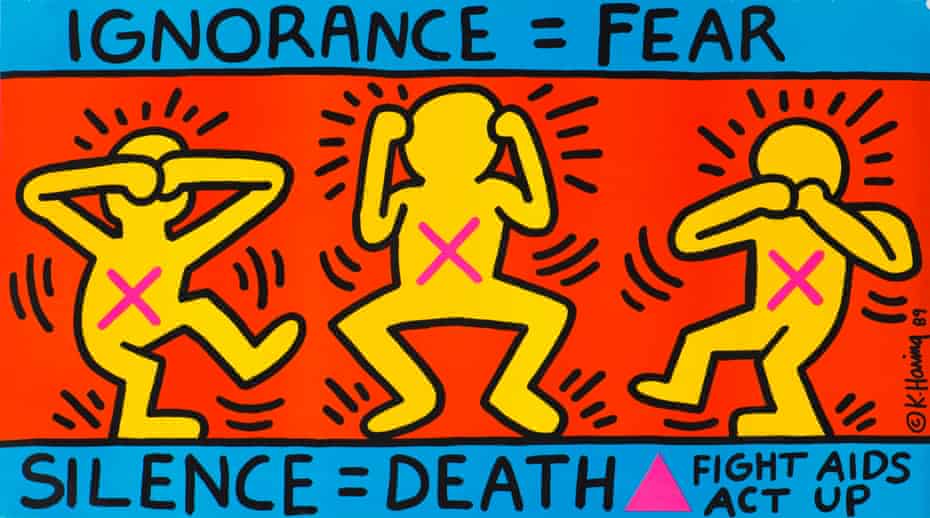
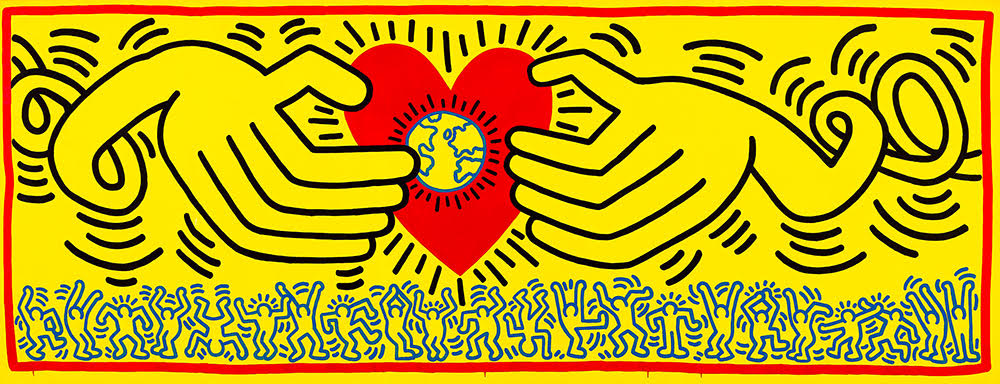

Like Basquiat, Keith Haring is one of my favourite artists. Born in Reading, Pennsylvania on May 4, 1958, and died February 16th, 1990, he was one of the most influential American artists of the late 20th century. I was introduced to his art while visiting an exhibition and instantly loved it. His artwork at first can strike the viewer as simple, fun, bold illustrations, but his work is much more than just surface value. Haring was a gay man who spoke on LGBT issues in his artwork, as well as creating images inspired by drug abuse and the issue of aids (see images 3 and 5). Tragically Haring died of aids, but he would live on through his artwork and influence in the modern-day, inspiring new artists with his vibrant and beautiful style.
Work Cited.
Keith Haring. (n.d.). Retrieved from https://www.biography.com/artist/keith-haring.
Yood, J. (n.d.). Keith Haring. Retrieved from https://www.britannica.com/biography/Keith-Haring.
